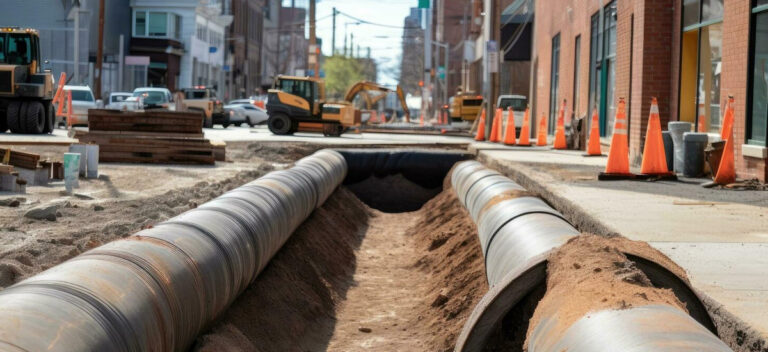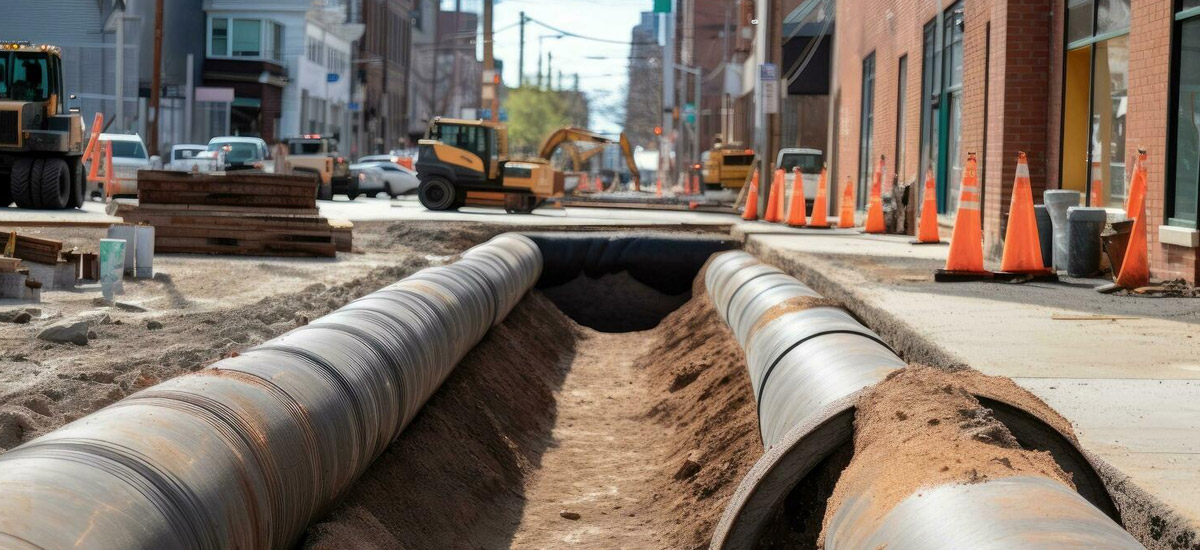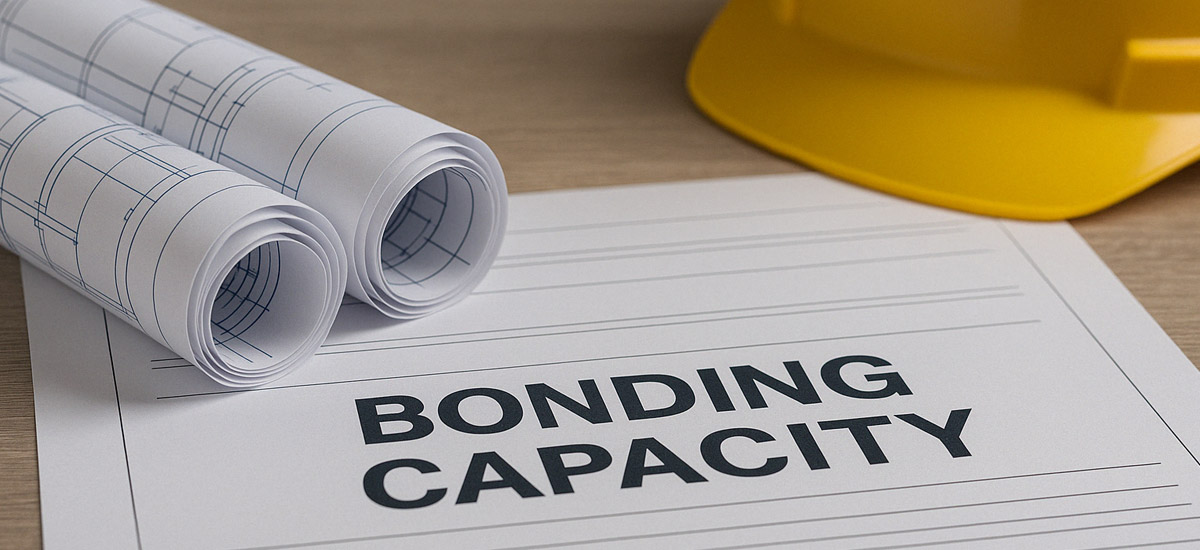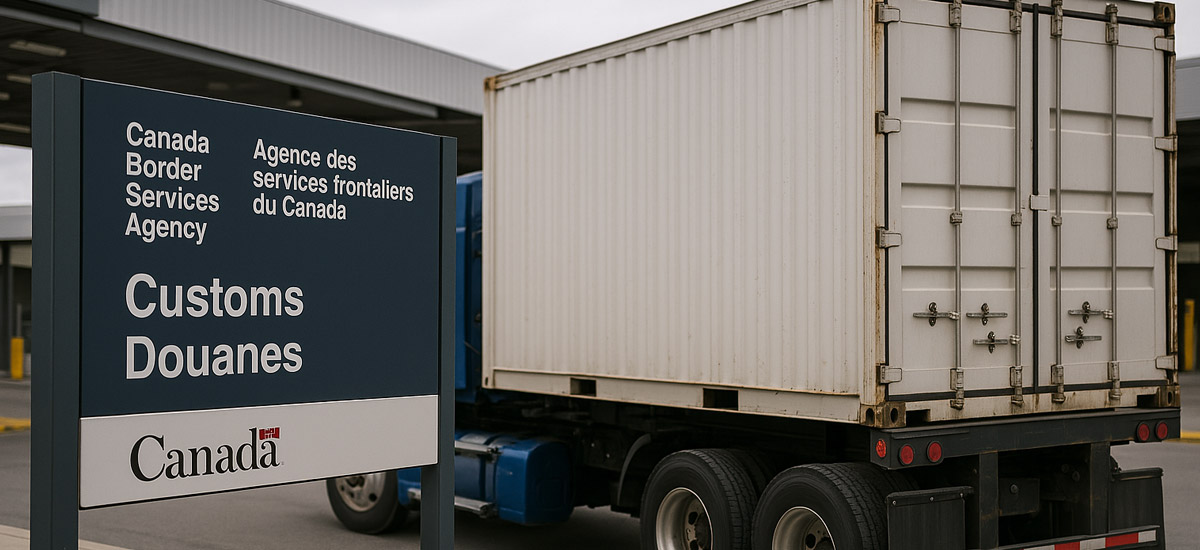In this article, we’ll review the broad scope of contract surety bonds in Canada, while focusing on when Maintenance Bonds are used in different scenarios.
Understanding these bonds is crucial for anyone involved in the construction industry, as they can play a key role in ensuring the guaranteed upkeep of completed works that could be prone to immediate maintenance.
Understanding Contract Surety Bonds
Definition and Purpose:
Contract bonding serves as a critical tool in managing risk in construction and infrastructure projects. It is a financial guarantee that the contractor will fulfill their obligations as per a specified contract. These types of bonds are issued on a project specific basis.
Role in Canadian Construction:
In the Canadian context, contract bonding is fundamental in both public and private sector projects, ensuring reliability and competence in project completion. We’ll get more into specifics shortly, but contract bonds are so integral to the industry, they are sometimes referred to as Construction Bonds. Contract bonds including maintenance bonds are not however restricted to construction.
Parties Involved:
- Obligee: The entity requiring the bond, typically the project owner.
- Principal: The contractor who is obligated to fulfill the contract.
- Surety: The company that issues the bond, guaranteeing the principal’s obligation.

Maintenance Bonds in Detail
Maintenance Bonds are a specific type of surety bond that plays a critical role in construction projects and other contracts involving significant physical work.
The primary purpose of a Maintenance Bond is to ensure that any defects or issues that arise after the completion of a project are adequately addressed and rectified by the contractor responsible for the initial work. This guarantee serves as a safeguard for the project owner, offering protection and peace of mind.
The scope of protection provided by Maintenance Bonds is particularly focused on latent defects. Latent defects are problems that are not immediately visible or apparent at the time of project completion but may emerge later on. These could include structural issues, substandard materials, or other faults that compromise the integrity or functionality of the completed work.
By covering repairs for such defects, Maintenance Bonds protect project owners from the potentially significant costs that may arise from unforeseen repair needs. This is especially vital in large-scale or complex projects where latent defects can have serious consequences and high repair costs.
From the perspective of project owners, Maintenance Bonds offer an essential layer of financial security. They ensure that the contractor remains accountable for their work for a certain period post-completion. This accountability is crucial in maintaining long-term project quality and standards.
Without such bonds, the financial burden of rectifying post-completion defects would fall entirely on the project owner, which could be both unfair and financially debilitating, especially in cases where the defect is a direct result of the contractor’s oversight or negligence. Thus, Maintenance Bonds function as a key component in upholding the quality and longevity of a project, while also providing project owners with a mechanism to enforce contractor accountability and safeguard their investment.
The Surety Association of Canada outlines some variance on maintenance periods and when they’re applicable for service contracts vs. performance bonds.
Apply for a Maintenance Bond Online
Other Types of Contract Surety Bonds
Below are the most common contract surety bonds that are all part of what is referred to as a “Bond Facility”.
Performance Bonds: Guarantee the completion of the project according to contractual terms and to the standards outlined.
Labour & Material Payment Bonds: Ensure that subcontractors and suppliers are paid, assisting in preventing project liens and providing confidence for subs.
Bid Bonds: Maintain the integrity of the bidding process, ensuring contractors honor their bids and submit carefully curated tender prices.
Consent of Surety: This is confirmation during the tender stage of a project that if awarded a contract, the disclosed final bonds will be issued by the bonding company issuing the consent.
Maintenance Bonds differ from these by focusing on post-completion obligations.
Usage Scenarios for Maintenance Bonds
Maintenance Bonds are of significant importance, particularly when a project reaches its successful completion. These bonds are issued upon the substantial completion of a project, acting as a safeguard against post-completion defects or issues. They serve as a guarantee that any necessary repairs or maintenance, resulting from craftsmanship errors or material deficiencies, will be addressed, thereby ensuring the project’s durability and functionality over time.
Here are some specific examples where Maintenance Bonds are especially relevant:
Maintenance of Public Parks: In public park projects, Maintenance Bonds ensure that these spaces remain in excellent condition after their development or renovation. This includes the upkeep of landscaping, repair of wear and tear on facilities, and the maintenance of playground equipment and public amenities to ensure their safety and functionality for community use.
Large-Scale Commercial Painting Jobs: For large commercial painting projects, Maintenance Bonds play a crucial role. They guarantee the quality and longevity of the paintwork, ensuring that any issues such as peeling, fading, or other defects are rectified. This is especially important for commercial properties where the exterior appearance is a reflection of the business’s professionalism.
Civil Infrastructure in Remote Communities or Camps: In the construction of civil infrastructure in remote communities or work camps, Maintenance Bonds are essential. They ensure that any post-construction issues in these challenging locations are addressed promptly and effectively. This is critical for the long-term usability and safety of infrastructure such as roads, bridges, and community buildings in isolated areas.
In essence, Maintenance Bonds provide a financial guarantee that maintains the integrity and quality of the work long after the project has been completed. This not only protects the project owner but also upholds the contractor’s reputation for reliability and commitment to quality.
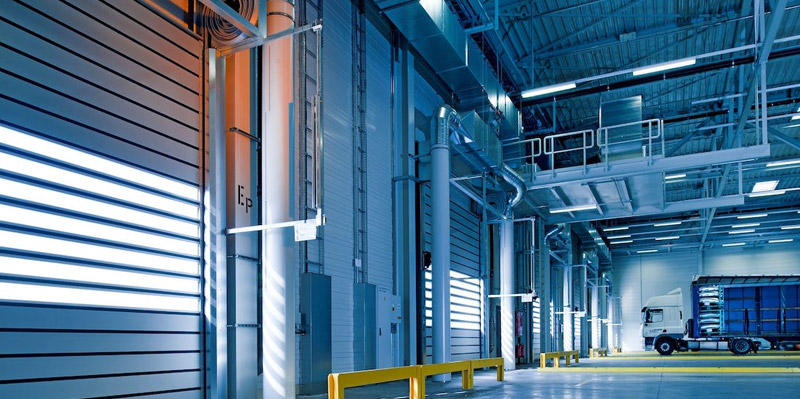
CCDC Performance Bonds, Maintenance Period, and Protection Overlap
One of the reasons Maintenance Bonds have been used less frequency over time is that the CCDC standard Performance Bond wordings include a 1 year maintenance term by default. This can also be extended to longer maintenance durations such as 2 years if required in the contract being bonded.
Therefore, owners privy to verbiage and depending on the specific situation will not require a Maintenance Bond in excess of the traditional 50% Performance and 50% Labour & Material Payment Bonds when a guarantee is provided on CCDC surety forms.
It is important to understand that each contract should be reviewed as well as the specifics of any bond form with a legal practitioner whom has relevant knowledge to your line of business. This will ensure there aren’t any misunderstandings in protection available from surety underwriters should a default occur on the bonded contract.
Now that we understand that concept, we can clear up when maintenance bonds are used. If there are not any other bonds issued for the performance of a contract, or if the contract is strictly for maintenance without any prior work done – this is when we’d often see a Maintenance Bond requested.
FAQ for Maintenance Bonds
Q: When is a maintenance bond required in Canada?
A: In Canada, maintenance bonds are commonly required for construction projects, public works, and in some cases, private sector projects to protect project owners from defects in construction (and other industries) for a specified period after completion.
___
Q: How do I obtain a maintenance bond through Bond Connect?
A: To obtain a maintenance bond through Bond Connect, you can start by submitting an application through this link. The process typically involves providing detailed information about your project, your company’s financial history, reputation, expertise, and the specifics of the guarantee needed. Don’t hesitate to contact us with any questions.
___
Q: How long does the maintenance period typically last?
A: The duration of the maintenance period varies depending on the contract specifications and the nature of the project. It typically ranges from one to two years but can be longer for certain projects. It’s important to review the terms of your specific contract for exact details.
___
Q: What happens if a defect is discovered during the maintenance period?
A: If a defect is discovered during the maintenance term, the contractor is obligated to rectify the issue at their own expense. If the contractor fails to do so, the surety underwriter will step in to ensure that the repairs are made, often by hiring another contractor to complete the work.
It is important to understand the principal on the maintenance bond is still financially responsible for this loss. The bonding company would then seek recourse to recover funds from the bonded contractor through an instrument called an Indemnity Agreement (example).
___
Q: Can Bond Connect provide maintenance bonds for projects outside of Canada?
A: Yes! We can also provide surety bonds outside of Canada; however, there must be at least 1 domiciled entity in Canada in order for our underwriters to establish a bond facility. This is as of January 31, 2024; however, things may change in the future as Bond Connect continues to grow.
___
Q: What is the cost of obtaining a maintenance bond through Bond Connect?
A: The cost of a maintenance bond can vary based on the project’s value, duration, and risk level. Bond Connect offers competitive pricing based on a comprehensive assessment of these factors via our underwriting partners.
Annual bond facility fees are typically in the $3,000 range. This is the base level charge to have your business bonded and capable of issuing maint. bonds.
Clearing Up Maintenance Surety
Navigating the world of contract surety bonds, especially Maintenance Bonds, is crucial for anyone in the construction field. These bonds offer more than just compliance; they provide peace of mind for project owners by ensuring contractors will protect them from unexpected maintenance costs after completion.
Maintenance Bonds are essential for guaranteeing the quality and longevity of your work, offering a layer of security that goes beyond the final handshake. They’re about safeguarding your project’s integrity and your reputation as a contractor to public and private owners.
Book a consultation below if you have any questions or to get started with us today.



